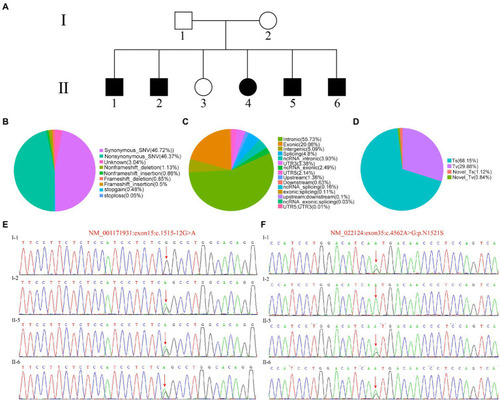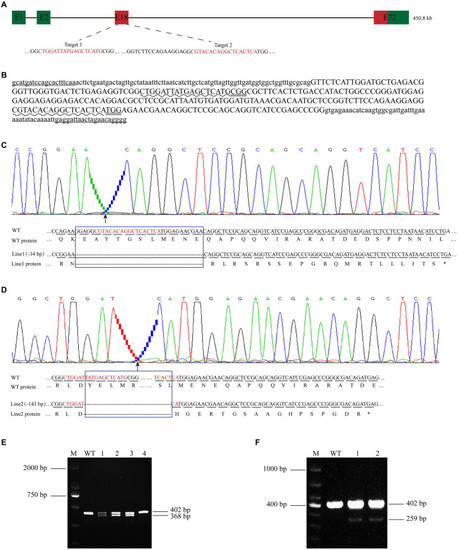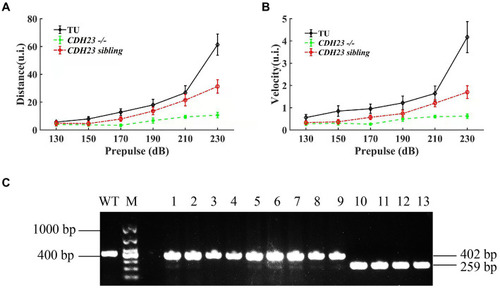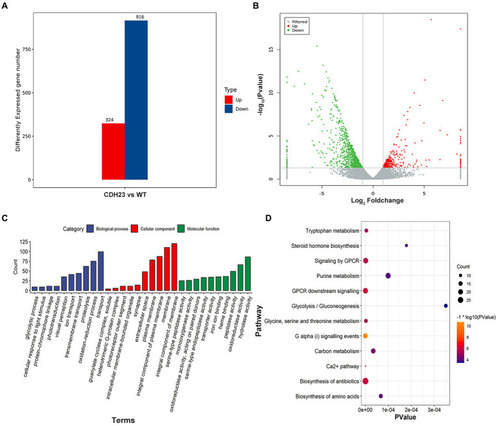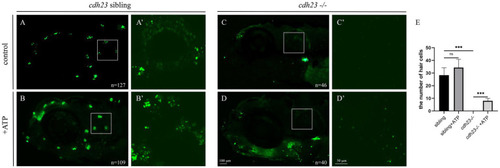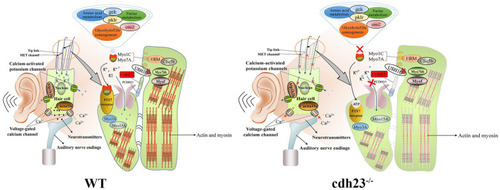- Title
-
cdh23 affects congenital hearing loss through regulating purine metabolism
- Authors
- Yang, S., Xie, B.L., Dong, X.P., Wang, L.X., Zhu, G.H., Wang, T., Wu, W.J., Lai, R.S., Tao, R., Guan, M.X., Chen, F.Y., Tan, D.H., Deng, Z., Xie, H.P., Zeng, Y., Xiao, Z.A., Xie, D.H.
- Source
- Full text @ Front. Mol. Neurosci.

ZFIN is incorporating published figure images and captions as part of an ongoing project. Figures from some publications have not yet been curated, or are not available for display because of copyright restrictions. PHENOTYPE:
|
|
Identification of patient mutation. |
|
Establishment of |
|
Knock out of |
|
The results of startle response for zebrafish juveniles. PHENOTYPE:
|
|
Transcriptomics landscape with |
|
Network construction and visualization based on specific pathway and gene. |
|
ATP compensation partially recovered the PHENOTYPE:
|
|
Schematic diagram of the potential molecular mechanism regarding |

Unillustrated author statements PHENOTYPE:
|

